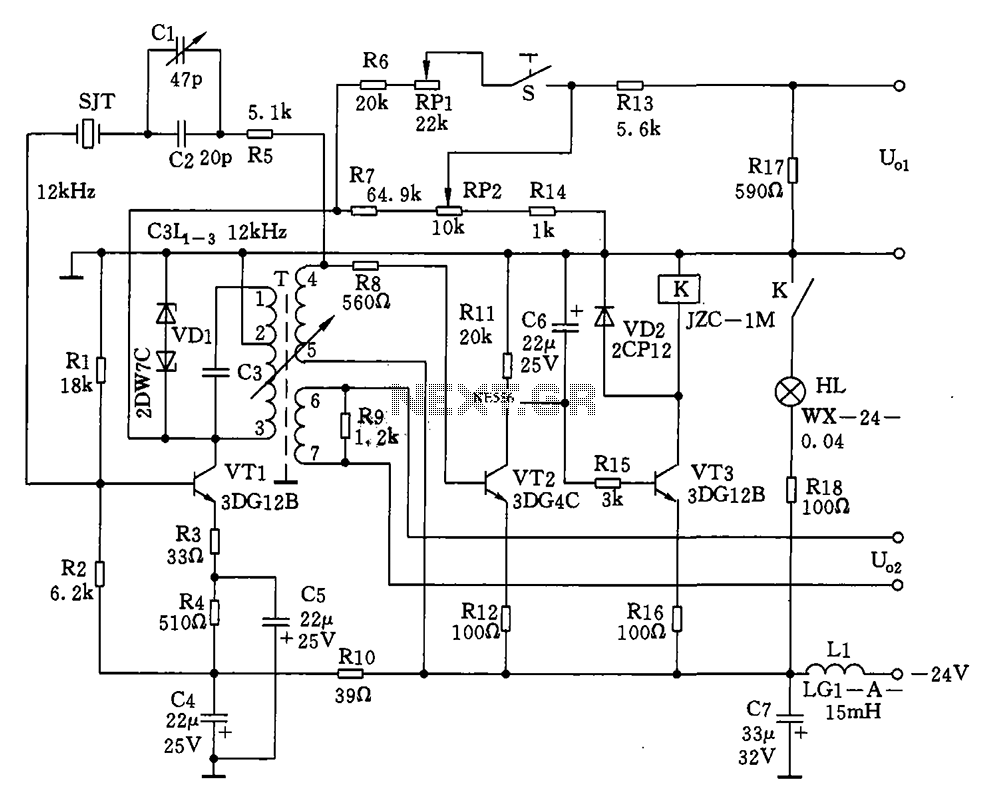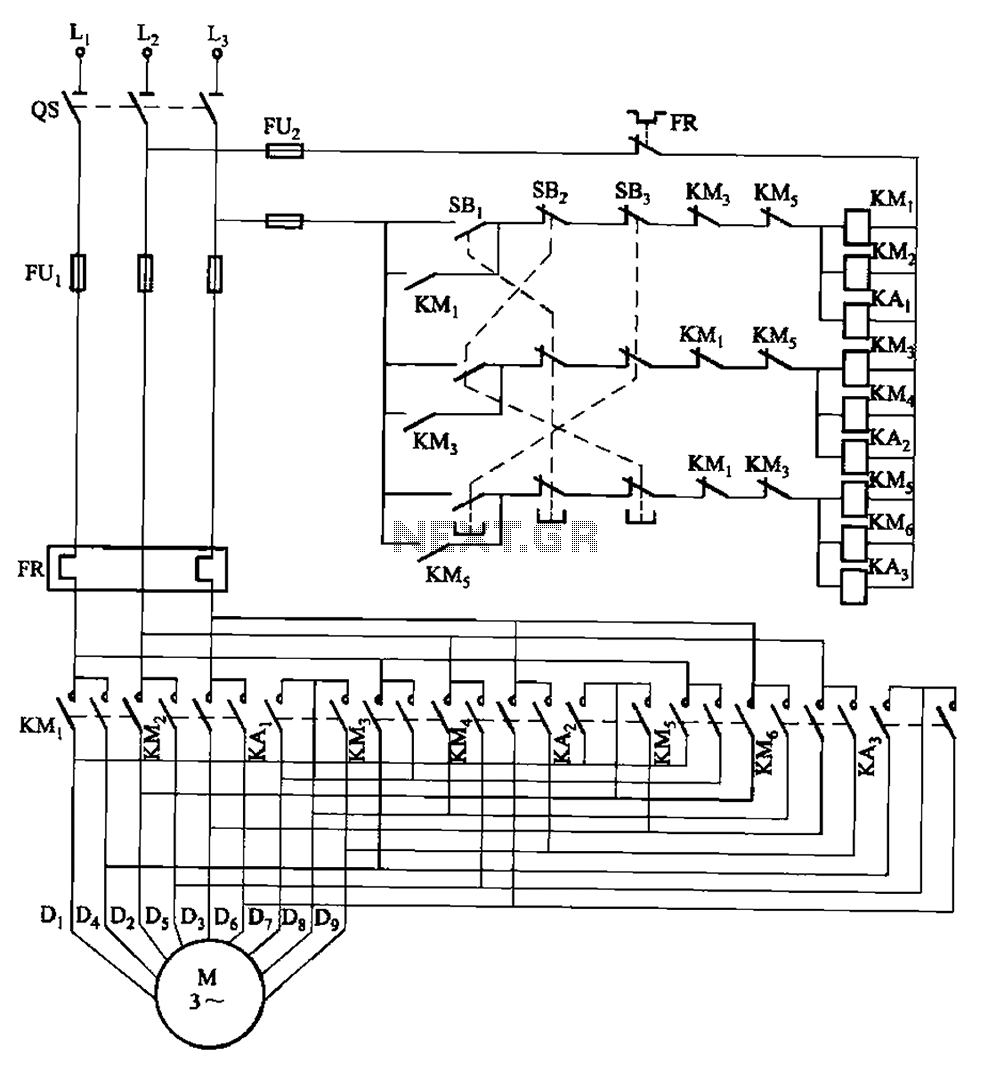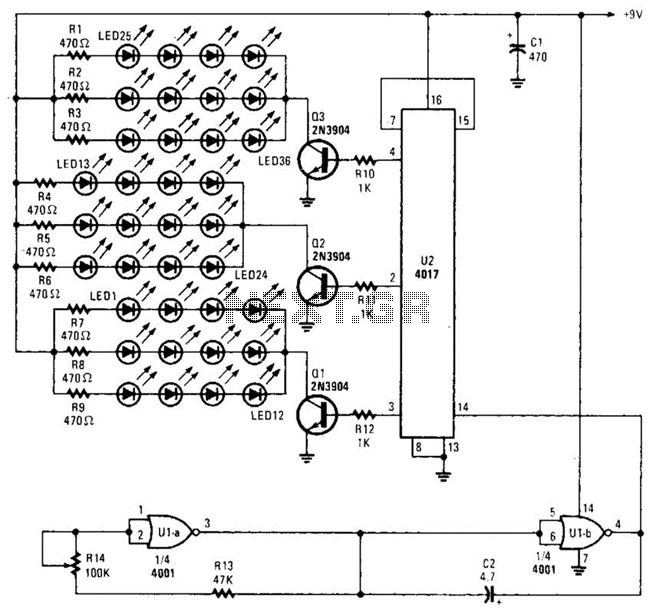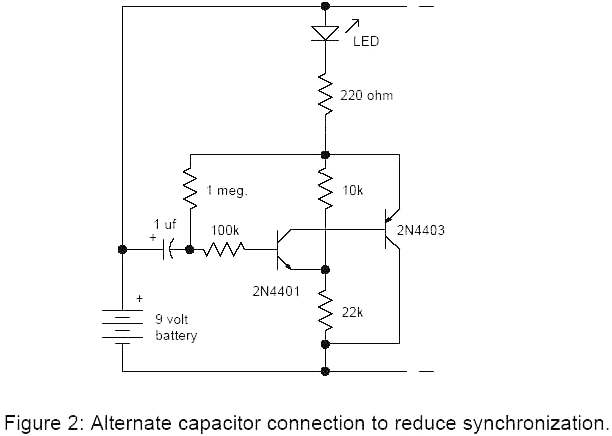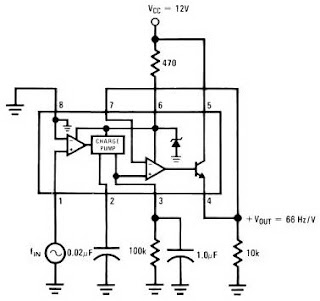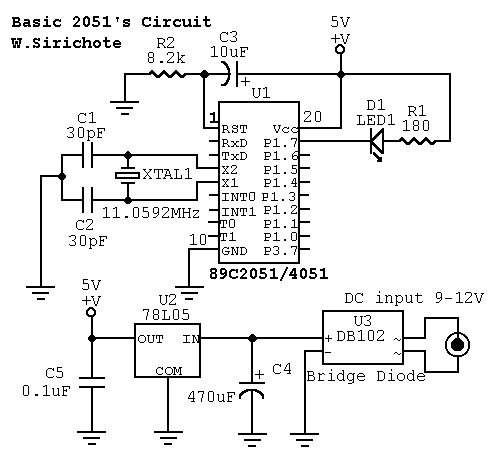
Dc motor speed controller circuit using NE555
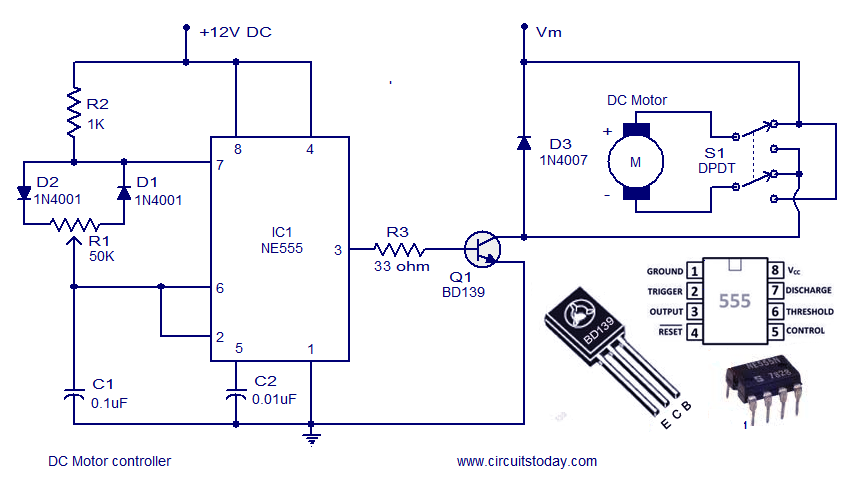
A DC motor controller based on an NE555 timer is presented here. The direction of rotation of the DC motor can also be changed using this DC motor speed control circuit.
The described circuit utilizes the NE555 timer IC in astable or monostable mode to control the speed and direction of a DC motor. In the astable configuration, the NE555 generates a PWM (Pulse Width Modulation) signal, which is used to vary the average voltage supplied to the motor, thereby controlling its speed. The duty cycle of the PWM signal can be adjusted by changing the resistance and capacitance in the timing network connected to the NE555.
For direction control, an H-bridge configuration is often employed. This arrangement allows the current to flow through the motor in either direction, enabling forward and reverse operation. The control signals for the H-bridge can be derived from the outputs of the NE555 timer or from additional control circuitry, such as a microcontroller or manual switches.
Key components of the circuit include the NE555 timer, resistors, capacitors, an H-bridge driver (such as the L298 or L293D), and the DC motor itself. Proper selection of component values is crucial for achieving the desired speed range and responsiveness of the motor control. Additionally, protective elements like diodes may be included to prevent back EMF from damaging the circuit when the motor is turned off.
Overall, this DC motor controller circuit provides a flexible solution for controlling the speed and direction of a DC motor, suitable for various applications in robotics, automation, and hobby projects.A DC motor controller based on NE555 timer is shown here. Direction of rotation of DC motor can be also changed by this DC motor speed control circuit.. 🔗 External reference
The described circuit utilizes the NE555 timer IC in astable or monostable mode to control the speed and direction of a DC motor. In the astable configuration, the NE555 generates a PWM (Pulse Width Modulation) signal, which is used to vary the average voltage supplied to the motor, thereby controlling its speed. The duty cycle of the PWM signal can be adjusted by changing the resistance and capacitance in the timing network connected to the NE555.
For direction control, an H-bridge configuration is often employed. This arrangement allows the current to flow through the motor in either direction, enabling forward and reverse operation. The control signals for the H-bridge can be derived from the outputs of the NE555 timer or from additional control circuitry, such as a microcontroller or manual switches.
Key components of the circuit include the NE555 timer, resistors, capacitors, an H-bridge driver (such as the L298 or L293D), and the DC motor itself. Proper selection of component values is crucial for achieving the desired speed range and responsiveness of the motor control. Additionally, protective elements like diodes may be included to prevent back EMF from damaging the circuit when the motor is turned off.
Overall, this DC motor controller circuit provides a flexible solution for controlling the speed and direction of a DC motor, suitable for various applications in robotics, automation, and hobby projects.A DC motor controller based on NE555 timer is shown here. Direction of rotation of DC motor can be also changed by this DC motor speed control circuit.. 🔗 External reference
